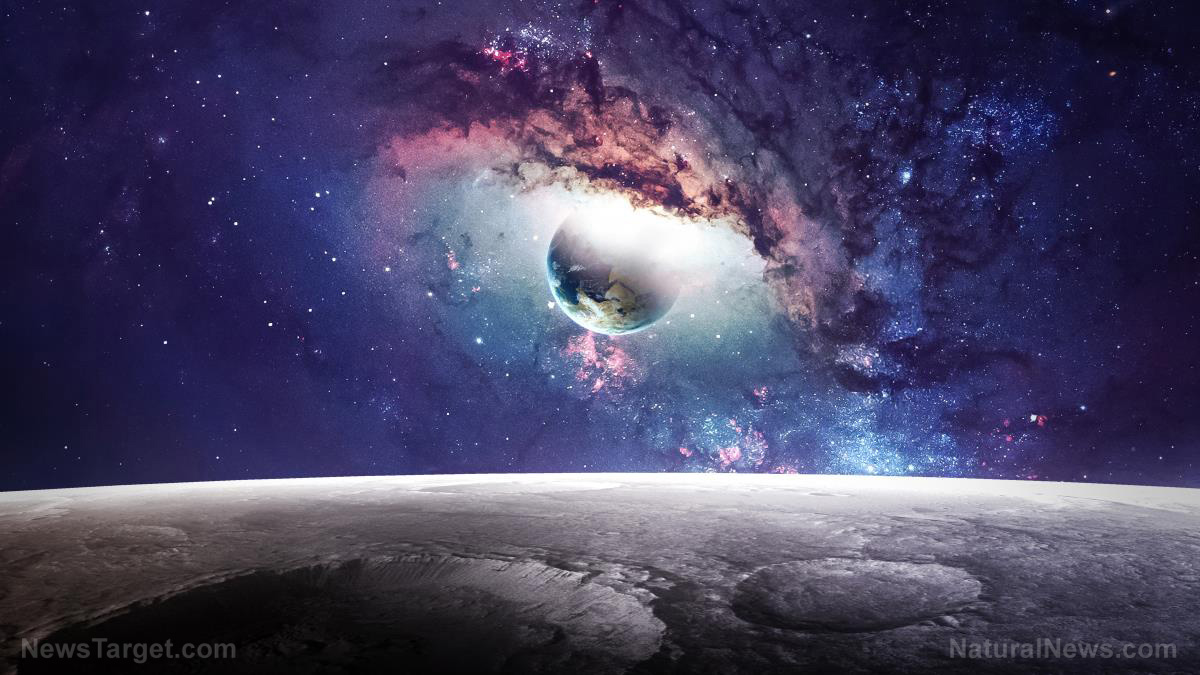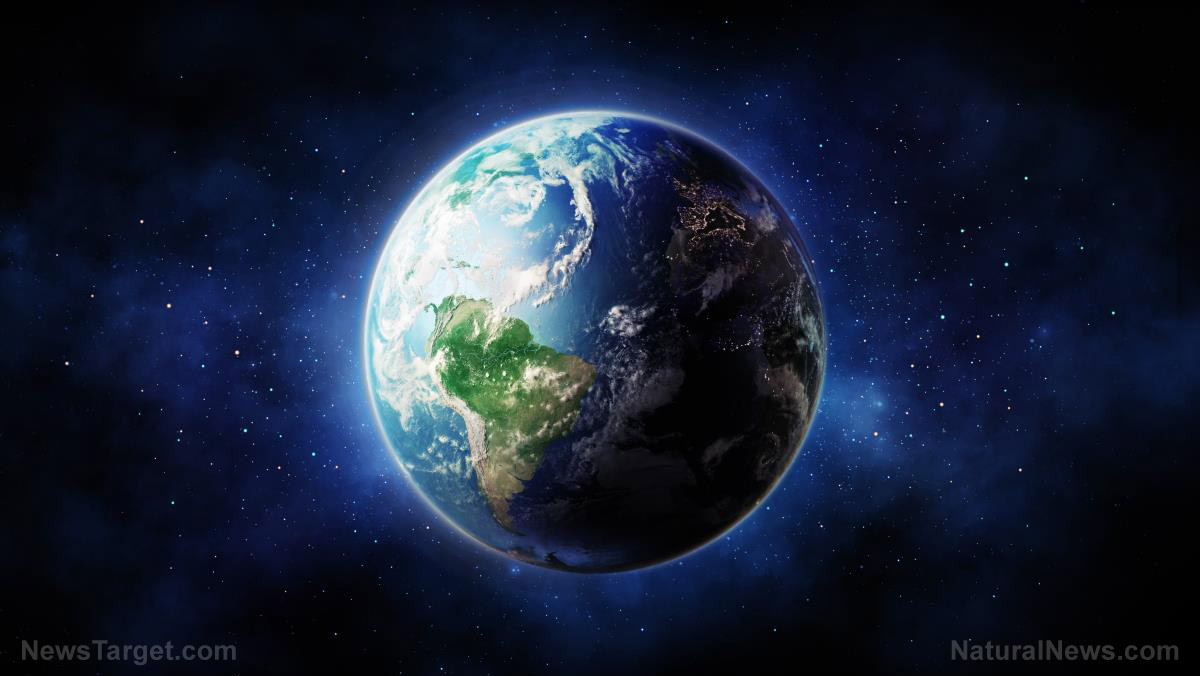Study: Rolling blocks of dry ice create gullies on Mars
07/26/2021 / By Virgilio Marin

Gullies on Mars have fascinated scientists for some time. These sawtoothed networks of narrow channels commonly appear on Martian slopes. They look just like gullies on Earth and give the impression that powerful streams of water recently cascaded the surface. But all of the water on the Red Planet has been hidden underground or locked up on the poles as ice for a long time.
Now, researchers from the U.S. Geological Survey and the Southwest Research Institute (SwRI) in Texas offer an answer as to how those Martian gullies formed. In a study published in the journal Geophysical Research Letters, the researchers explained how rolling blocks of dry ice create and modify Martian gullies.
How dry ice creates gullies on Mars
According to Cynthia Dinwiddie, a researcher at SwRI’s Space Science and Engineering Division and the lead researcher of the study, scientists have been debating on how gullies formed on the frosted sand dunes of Mars for two decades.
Initially, according to Dinwiddie, it was thought that those landforms are remnants of an ancient time when the planet’s climate was able to support liquid water on the surface. But subsequent observations revealed that Martian gullies look different every time, suggesting that surface processes are currently taking place even when Mars is already cold and arid.
Studies recently showed that water ice or dry ice may play a role in gully formation. Researchers reported finding bright dry ice blocks at rest in dune gullies in images, which could indicate a causal relationship between the two.
Dinwiddie and co-author Timothy Titus then examined more than a decade of image data taken using the Mars Reconnaissance Orbiter to understand the seasonal processes that create gullies on the slopes of the Russell Crater. Located in the southern hemisphere of Mars, this crater is home to one of the largest known sand dunes in the solar system.
The pair found that heated surfaces vent out dry ice gas and subsequently dislodges ice blocks that carve and modify Russell’s dune gullies. This dry ice gas gets formed during the bleak Martian fall and winter, when cold temperatures condense atmospheric carbon dioxide onto the dune’s surface to create dry ice deposits. Then in the winter and early spring, some slabs of ice turn into gas due to the sun’s heat and become pressurized. This pressurized dry ice then escapes to the atmosphere and expels sand and dust plumes.
As the season wears on, according to the researchers, repeated venting breaks up slabs of ice into discrete blocks. Venting gas eventually dislodges the blocks and sends them tumbling down slopes to deepen existing gullies or carve new ones. (Related: Valleys and channels on Mars reveal evidence of ancient groundwater.)
Dust plumes create bright “fringe pattern” around gullies
Dinwiddie and Titus also observed a bright “fringe pattern” around gullies, which they posit are caused by expelled dust plumes. Coarse dust, the researchers explained, falls back to the surface and gets redeposited near the gullies during spring in the Martian southern hemisphere. Venting dry ice temporarily sweeps dust from the dark gully sand, causing variations in brightness in and around the gullies.
“We observe this bright fringe pattern around active gullies for a short period of time, say, the equivalent of the last three weeks of October, which is early to mid-spring in the Earth’s southern hemisphere,” Dinwiddie said.
Dinwiddie and Titus plan to study more craters in the southern hemisphere of Mars, where sand could accumulate in low-lying traps and form frosted dune fields.
Another study, which was published this month in the journal Science Advances, shows that landslides create dark streaks called recurring slope lineae on the surface of Mars. Landslides, according to researchers, occur due to chemical reactions between salts and water beneath the Martian soil. These reactions collapse the ground and trigger landslides that leave recurring slope lineae in their wake.
Read more fascinating studies about Mars at Space.news.
Sources include:
Tagged Under: cool science, cosmic, discovery, environment, geology, Mars, Martian gullies, red planet, research, Russell crater, Space
RECENT NEWS & ARTICLES
Cosmic.News is a fact-based public education website published by Cosmic News Features, LLC.
All content copyright © 2018 by Cosmic News Features, LLC.
Contact Us with Tips or Corrections
All trademarks, registered trademarks and servicemarks mentioned on this site are the property of their respective owners.




















